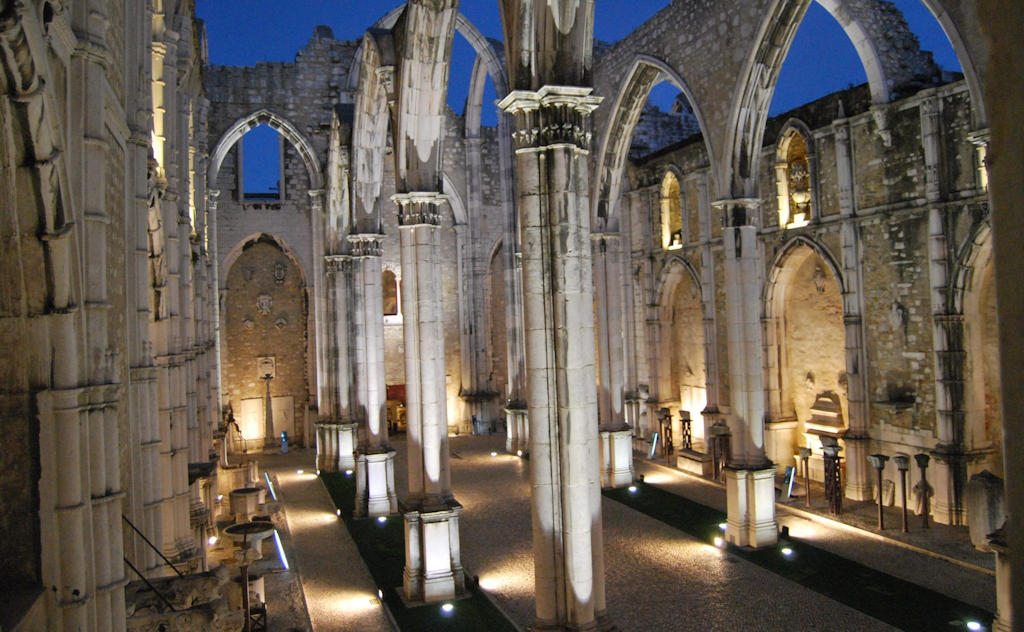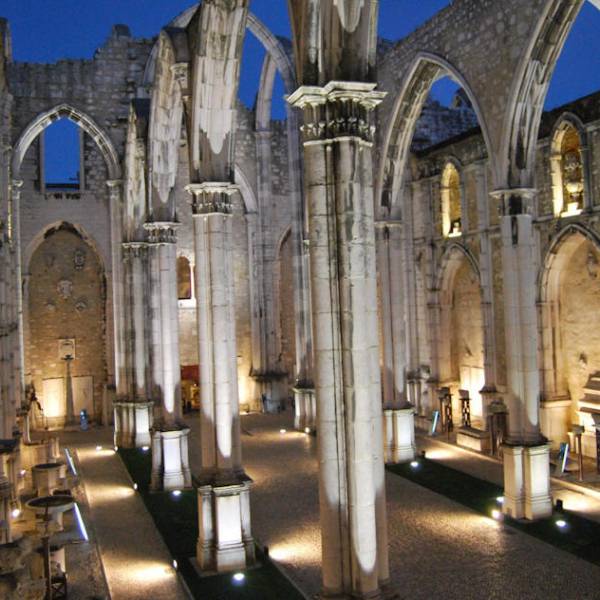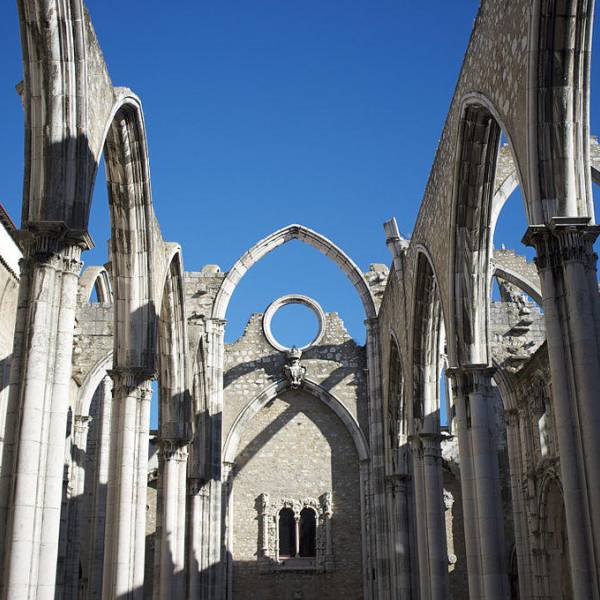In the late 19th and early 20th centuries, the museum received important collections of Prehistoric and Protohistoric Archaeology from various excavations. One notable collection is the Vila Nova de São Pedro collection (Azambuja - Chalcolithic period - 3500-2500 BC), which currently showcases approximately a thousand artifacts in its permanent exhibition.
The museum's collection features several remarkable pieces, including the "Sarcófago das Musas" (Roman, 3rd-4th centuries AD), three sculptural fragments of Mozarabic origin (10th century), which bear witness to Christian worship and art in Lisbon during Muslim rule, and the recently restored tomb of King Fernando I of Portugal, a masterpiece of Gothic sculpture in the country.
Other notable items in the museum's collection include four alabaster panels with scenes from the Passion of Christ in low relief, originating from the workshops of Nottingham (mid-15th century), the tomb of Queen Maria Anna of Austria in Baroque style, a set of 14 Baroque-style tile panels representing the Passion of Christ (c. 1780, Francisco Jorge da Costa workshop), and a collection of 101 coats of arms stones, featuring a prominent tombstone with the coat of arms of Fernão Álvares de Andrade (16th century) based on a design by Francisco de Holanda.
Lisbon.vip Recommends
In July 2001, the Museu Arqueológico do Carmo reopened to the public, now attracting around 60,000 visitors annually. The museum established an Educational Service in 2002, offering guided tours and workshops for children and teenagers. Additionally, a bookstore and shop were set up, providing visitors with the opportunity to purchase a diverse range of museum merchandise, guidebooks, brochures, and publications by the Associação dos Arqueólogos Portugueses.
With its rich collection spanning different historical periods, the Museu Arqueológico do Carmo stands as a testament to Portugal's cultural heritage. It not only showcases significant archaeological artifacts but also provides visitors with insights into the country's architectural and artistic evolution throughout history. By preserving and sharing these treasures, the museum contributes to a deeper understanding and appreciation of Portugal's past for generations to come.
Map View





